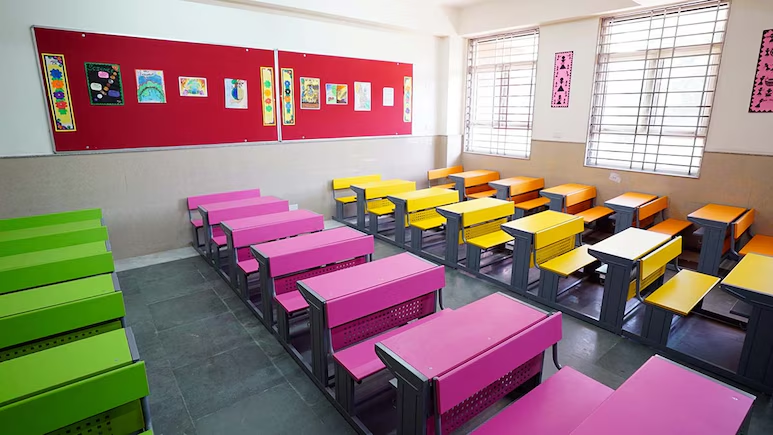
The Indian Institute of Technology Delhi (IIT Delhi) conducted a survey on the state of indoor air quality in various buildings in Delhi including in schools, colleges, hospitals, restaurants, residential buildings and cinemas in 2020. The IIT Delhi survey was conducted in order to find out the quality of air that we breathe indoors in different building spaces and to generate public awareness about the importance of indoor environment. As per the findings of the Project MAQUID (Monitoring of Air Quality in Urban Indoors in Delhi) released today, on February 19, said that the educational institutes in Delhi including schools and colleges tops the list for high particulate matter (PM) concentration.
The survey was done by Centre of Excellence for Research on Clean Air (CERCA), IIT Delhi; Society for Indoor Environment (SIE), and Kaiterra, an air quality instrument company.
The carbon dioxide levels are also recorded high in hospitals, colleges, offices and in restaurants. This, the survey says, is due to higher occupancy and inadequate ventilation. Though schools too have higher occupancy but all the selected schools were naturally ventilated so carbon dioxide levels are within the permissible limits except one or two schools as defined by ASHRAE, an IIT Delhi statement issued in this regard said.
“The concentration of particulate matter (both PM10 and PM2.5) are recorded two to five times higher than the permissible limits set by Central Pollution Control Board for ambient air quality, 100 μg/m3 for PM10 and 60 μg/m3 for PM2.5 (NAAQS, 2009) in India and 10-15 times higher than the WHO 24 hours average limits (50 μg/m3 and 25 μg/m3 PM10 and PM2.5 respectively) for all the monitored buildings (WHO,2016),” the survey found.
The study was conducted on a total 37 buildings across Delhi including the schools, colleges, hospitals, shopping malls, restaurants, offices and cinema halls between October 15, 2019 and January 30, 2020.
